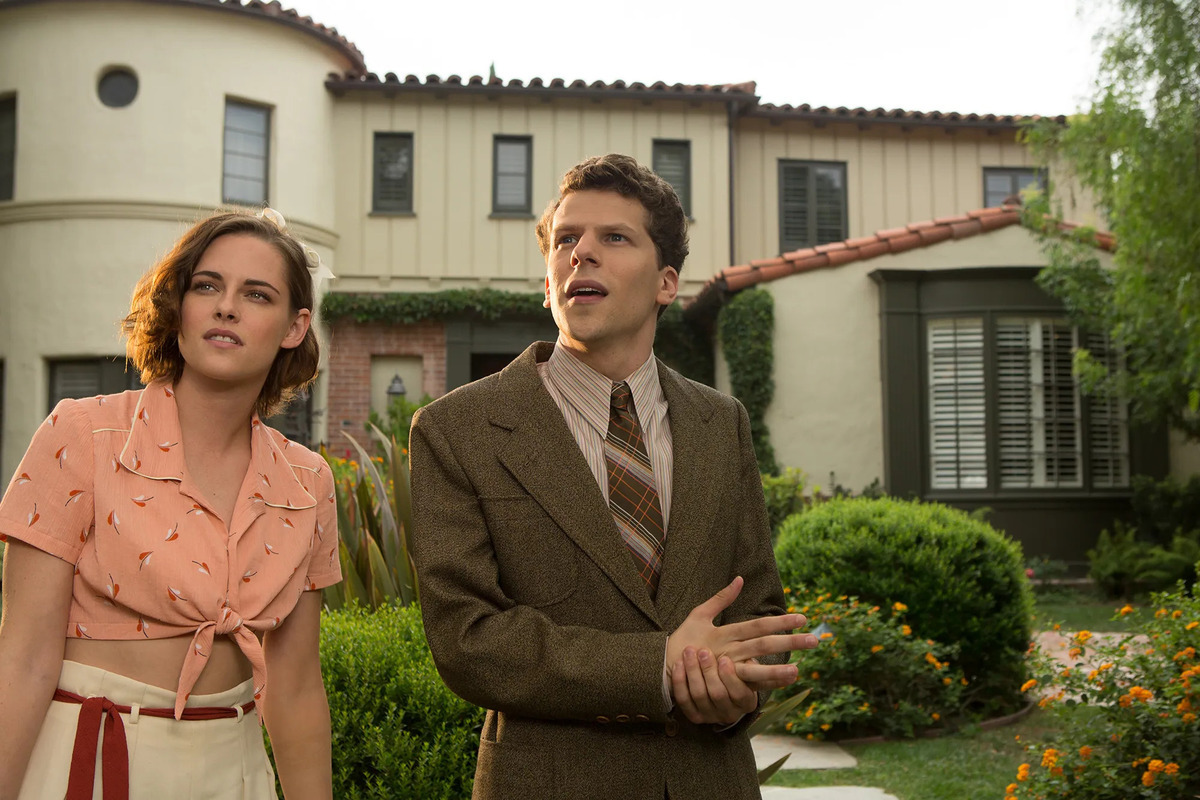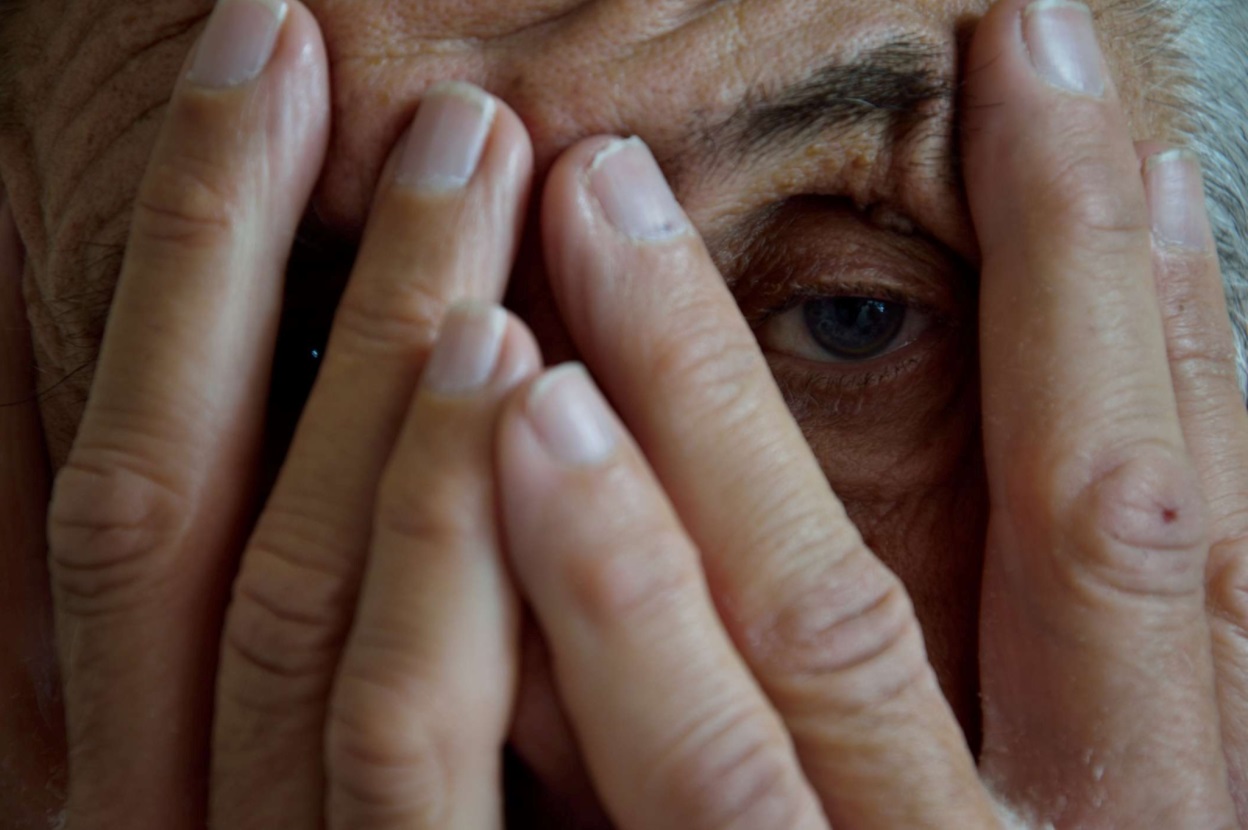
Cafe Society was a vibrant social scene that emerged in the early 20th century, primarily in cities like Paris and New York. It was a melting pot of artists, writers, musicians, and intellectuals who gathered in cafes to exchange ideas, create art, and enjoy each other's company. These cafes became cultural hubs where creativity flourished, and new movements were born. Cafe Society played a crucial role in shaping modern art, literature, and music. From the jazz-filled nights at Cafe Society in New York to the existential debates at Les Deux Magots in Paris, this era left an indelible mark on history. Curious about the legends, the hotspots, and the impact of this iconic period? Keep reading to uncover 25 fascinating facts about Cafe Society.
Origins of Cafe Society
Cafe society emerged as a cultural phenomenon in the early 20th century. It was characterized by the social gatherings of artists, writers, and intellectuals in cafes.
- Cafe society began in Paris during the 1920s, where cafes became the epicenter of intellectual and artistic life.
- The term "cafe society" was coined by American journalist Maury Henry Biddle Paul in the 1930s.
- Parisian cafes like Les Deux Magots and Cafe de Flore were popular spots for famous figures like Ernest Hemingway and F. Scott Fitzgerald.
Famous Figures of Cafe Society
Many notable personalities were regulars in the cafe society scene. These individuals contributed significantly to the cultural and intellectual landscape of their time.
- Jean-Paul Sartre and Simone de Beauvoir were prominent existentialist philosophers who frequented Parisian cafes.
- Pablo Picasso often visited cafes to discuss art and politics with fellow artists.
- Gertrude Stein hosted gatherings at her Paris apartment, which became an extension of the cafe society.
Impact on Literature and Art
Cafe society played a crucial role in shaping modern literature and art. The exchange of ideas in these social settings led to groundbreaking works and movements.
- The Lost Generation of American writers, including Hemingway and Fitzgerald, found inspiration in the cafes of Paris.
- Surrealism, an influential art movement, was born out of discussions in cafes among artists like Andre Breton and Salvador Dali.
- Dadaism, another avant-garde movement, also had its roots in the cafe culture of Zurich during World War I.
Cafe Society in America
While cafe society is often associated with Europe, it also had a significant presence in the United States, particularly in New York City.
- The Algonquin Round Table was a group of New York City writers, critics, and actors who met daily at the Algonquin Hotel.
- Greenwich Village became a hub for artists and writers, with cafes like Caffe Reggio serving as popular meeting spots.
- Harlem Renaissance figures, including Langston Hughes and Zora Neale Hurston, gathered in Harlem cafes to discuss literature and civil rights.
Influence on Fashion and Lifestyle
Cafe society not only influenced intellectual and artistic circles but also had a significant impact on fashion and lifestyle trends.
- Coco Chanel was a regular in the cafe society scene, and her designs were inspired by the bohemian lifestyle.
- The flapper style of the 1920s, characterized by short skirts and bobbed hair, was popularized by women in cafe society.
- Jazz music became synonymous with cafe society, with live performances often taking place in cafes and nightclubs.
Decline of Cafe Society
Despite its significant impact, cafe society began to decline in the mid-20th century due to various social and political changes.
- World War II disrupted the cafe culture in Europe, leading to the closure of many iconic cafes.
- The rise of television and other forms of entertainment shifted social gatherings away from cafes.
- Urbanization and the development of suburbs led to a decline in the traditional cafe culture.
Modern-Day Cafe Society
Although the original cafe society has faded, its spirit lives on in modern-day cafes and social spaces around the world.
- Third-wave coffee shops emphasize quality coffee and community, reminiscent of the original cafe society.
- Co-working spaces like WeWork have become the new gathering spots for entrepreneurs and creatives.
- Social media has created virtual cafe societies, where people exchange ideas and connect online.
Interesting Tidbits
Here are some lesser-known facts about cafe society that highlight its unique and colorful history.
- Cafe Central in Vienna was a favorite haunt of Sigmund Freud and Leon Trotsky.
- Cafe Procope in Paris, established in 1686, is considered the oldest continuously operating cafe in the world.
- Cafe Tortoni in Buenos Aires was a meeting place for famous Argentine writers like Jorge Luis Borges.
- Viennese coffeehouses are known for their "Kaffeehauskultur," a tradition of leisurely coffee drinking and intellectual conversation.
Cafe Society's Lasting Impact
Cafe Society wasn't just a nightclub; it was a cultural revolution. It broke racial barriers, giving Black artists like Billie Holiday and Lena Horne a stage to shine. This venue also introduced political satire and social commentary into mainstream entertainment. Its influence reached far beyond its doors, inspiring future generations of performers and activists. The club's legacy lives on in today's fight for equality and artistic freedom. By challenging the status quo, Cafe Society paved the way for a more inclusive and expressive world. Its story reminds us that art and activism can go hand in hand, creating lasting change. So next time you hear a jazz tune or see a bold performance, think of Cafe Society and its indelible mark on history.
Was this page helpful?
Our commitment to delivering trustworthy and engaging content is at the heart of what we do. Each fact on our site is contributed by real users like you, bringing a wealth of diverse insights and information. To ensure the highest standards of accuracy and reliability, our dedicated editors meticulously review each submission. This process guarantees that the facts we share are not only fascinating but also credible. Trust in our commitment to quality and authenticity as you explore and learn with us.


